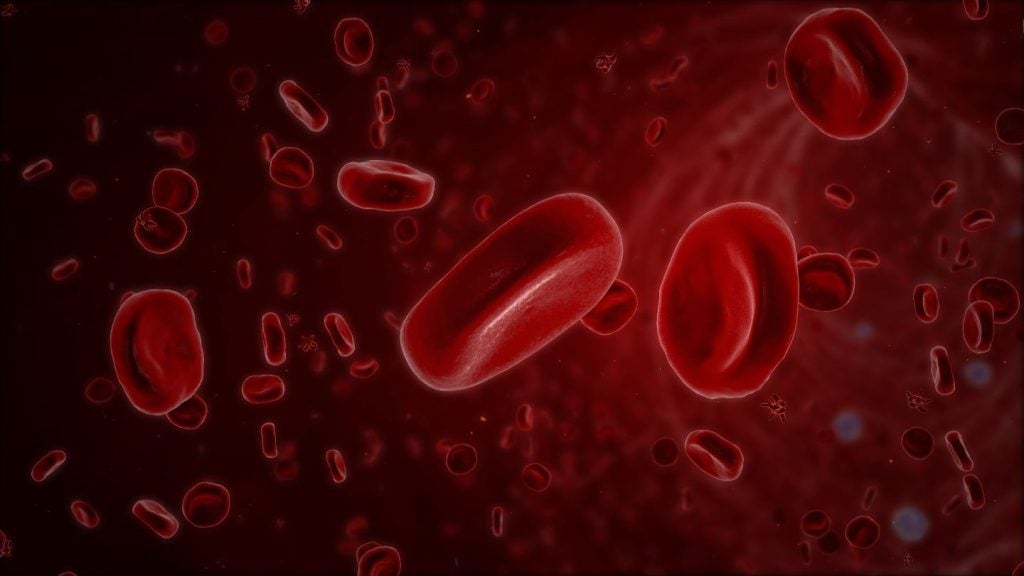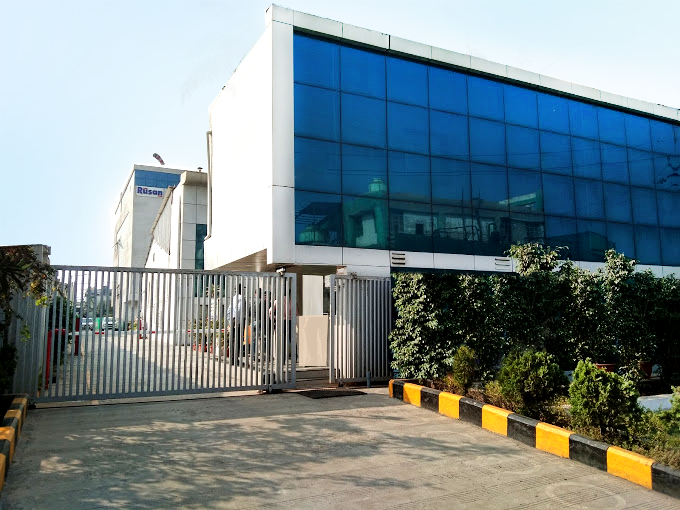
Most people who have a passing association with the pharmaceutical business will be able to give a rough estimate of how much it costs to take a drug candidate through clinical trials and regulatory approval. The estimate would likely be based on something like the Tufts Center for the Study of Drug Development’s (CSDD) regular assessment of drug development costs, the latest of which pegged the average cost of reaching marketing approval at just under $2.6bn.
There are many drivers of this astronomical cost. Across the industry, per drug programme, Tufts calculated nearly $1.4bn in out-of-pocket costs and more than $1.1bn in ‘time costs’ – the investment returns lost while a drug is in development. But industry critics have argued that incorporating the lost investment from failed drugs into Tufts’s cost analysis is misleading. It creates, as organisations like Médecins Sans Frontières (MSF) have argued, an inflated drug development bill that helps pharma firms justify similarly inflated costs.
This is because failure might represent the highest cost of all for drug developers. Successful drugs that meet their endpoints and demonstrate rock-solid safety profiles are likely to be far less expensive than the $2.6bn cited by Tufts. But a deteriorating attrition rate that currently sees less than one in ten new drugs win approval (according to the latest data from industry association BIO) means that pharma and biotech companies often struggle to meet ambitious clinical objectives while controlling costs across their development portfolios.
“Drug developers are taking action to rein in rising development costs, including increasing efforts to discover, validate, and use biomarkers, adopting new approaches to patient recruitment and retention, and implementing leading-edge project management practices, but they face strong headwinds, given the complexity of the problems they’re addressing,” Tufts CSDD’s economic analysis director Joseph A DiMasi said in March last year, when the most recent cost analysis was published.
The cost of failure
A general failure rate of more than 90% is bad enough, but for new drugs targeting complex and poorly understood conditions, drug failure is closer to a certainty than a risk. Between 2002 and 2012, the failure rate for new drugs targeting Alzheimer’s disease, for example, was 99.6%. And despite the much-touted potential of a new wave of modern biologics to treat Alzheimer’s-related dementia, the big breakthrough has yet to arrive.
The latest late-stage casualty in the pharma industry’s campaign against Alzheimer’s is Merck’s Phase 3 EPOCH trial, which was closed in February after its BACE inhibitor verubecestat showed “virtually no chance of finding a positive clinical effect”.
How well do you really know your competitors?
Access the most comprehensive Company Profiles on the market, powered by GlobalData. Save hours of research. Gain competitive edge.

Thank you!
Your download email will arrive shortly
Not ready to buy yet? Download a free sample
We are confident about the unique quality of our Company Profiles. However, we want you to make the most beneficial decision for your business, so we offer a free sample that you can download by submitting the below form
By GlobalDataJust a few months before in late 2016, Eli Lilly announced another failed Phase 3 trial for an Alzheimer’s treatment, this time an antibody called solanezumab, which targeted the amyloid plaques in the brain that are strong biomarkers for Alzheimer’s. The treatment failed to provide benefits to memory over placebo, dealing a blow to the theory of amyloid as a prime target for dementia treatment, not to mention slashing Eli Lilly’s share price by 14% in the immediate aftermath.
Even before considering the business model issues inherent in an industry that routinely invests hundreds of millions into products with a 10% success rate, the direct consequences of clinical trial failures can be acute. This is particularly true for Phase 3 trials, by which time a drug’s developer would have already pumped huge sums into clinical research and testing.
For a large pharma company such as Bristol-Myers Squibb – which announced the failure of a Phase 3 study of its cancer immunotherapy drug Opdivo in August, sparking an eventual 35% drop in its share price – lost investments due to drug development failures can be absorbed to some extent. But for smaller firms, a single late-stage trial flunk can be disastrous. Biopharma firm NewLink Genetics was forced to lay off 100 employees – 43% of its total workforce – after the failure of a Phase 3 trial assessing its own immunotherapy treatment in May last year.
Drug attrition: diagnosis and treatment
By the time clinical studies reach Phase 3, it would be easy to assume that failure rates are relatively low, given that all the data gathered in earlier trials and pre-clinical testing is used to validate a drug’s chances of meeting its efficacy goals.
But according to life sciences consulting firm Parexel, around 50% of Phase 3 trials fail. So what are the common problems at this late stage of the drug development process, where failure is at its most expensive, and how might this trend of growing attrition rates be slowed in the future?
Looking at the findings of the US Food and Drug Administration’s (FDA’s) recently published white paper, ‘22 case studies where Phase 2 and Phase 3 trials had divergent results’, a common theme is the difficulty of predicting clinical results in a wide patient base, even with the backing of solid data.
The study – which acts as a validation and defence of Phase 3 data at a time when the idea of getting around them using surrogate endpoints is gathering interest – notes that “unexpected results could occur even when the Phase 2 study was relatively large and even when the Phase 2 trials assessed clinical outcomes. In two cases, the Phase 3 studies showed that the experimental product increased the frequency of the problem it was intended to prevent.”
Improving trial design and project management could help reduce the number of trials that fail at the latest stages. Having suffered through high trial failure rates that saw it spend nearly $12bn in R&D investment for every drug approved between 1997 and 2011, scientists at AstraZeneca published a 2014 analysis in the journal Nature Reviews Drug Discovery, analysing nearly 150 drug development projects at the company to identify cornerstones that can contribute to failure.
The result was five ‘rights’: “Using the data from our analyses, we identified five key technical factors as substantial contributors to project failures,” the AstraZeneca researchers wrote. “These were as follows: the strength and quality of target validation (the right target), demonstration of target engagement (the right tissue), safety margins (the right safety), patient stratification plans (the right patient) and the medical value proposition (the right commercial potential).”
Biomarkers and precision medicine
Precision medicine and the use of biomarkers to tailor the most suitable treatment to individual patients have been touted as a potential boost to drug development productivity in the longer run. The problem, argued Definiens chief medical officer Dr Ralf Huss in a December 2016 article on the Drug Discovery & Development website, is the heavy financial investment required to build a fuller understanding of the immune system and identifying reliable new biomarkers.
“The BIO study [on trial failure rates] noted that rare disease programs and programs that utilized selection biomarkers had higher success rates at each phase of development vs. the overall dataset,” Huss said. “The industry has not demonstrated that it’s serious, however, about applying a thorough understanding of biology and the immune system to develop robust and meaningful biomarkers. The problem is that, while the industry believes that leveraging biomarkers and companion diagnostics is critical to precision medicine, developing them is challenging and expensive, and therefore has not been a priority.”
However, more refinement is clearly needed before many biomarkers can be relied upon to predict clinical efficacy. As the FDA white paper cautioned: “Biomarker data were promising in Phase 2 testing in products targeting conditions ranging from heart disease (aliskiren, darapladib, torcetrapib) to Staph infection (V710 vaccine), and from AD (semagacestat) to herpes infection (HSV-2 vaccine). These experimental products were not proven effective when tested in Phase 3 trials.”
Of course, failure isn’t to be feared in all contexts – it is an important part of learning and it will undoubtedly continue to inform drug development, especially at the cutting edge. It’s the cost of failure – and all the knock-on ills that come along with those costs – that the industry will be hoping to target with more informed, better-organised drug development protocols and more targeted treatments.








